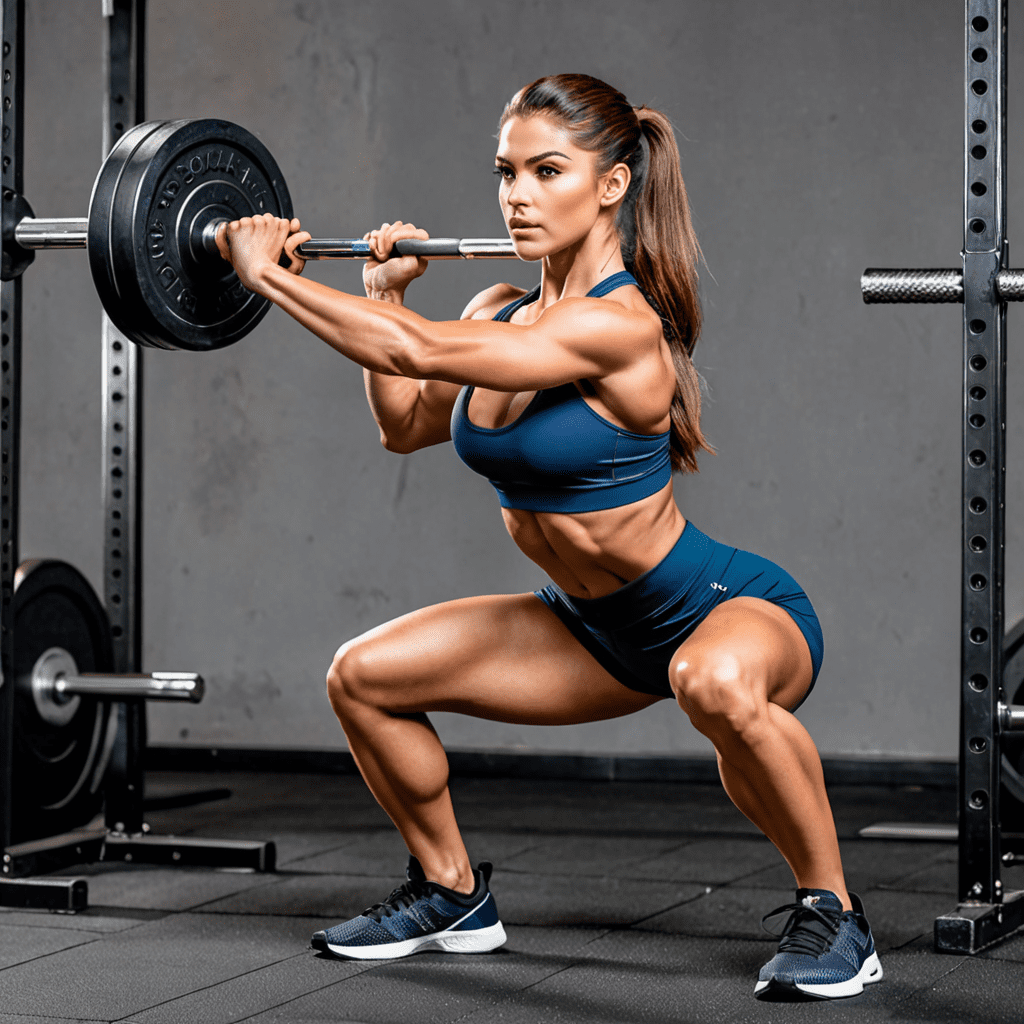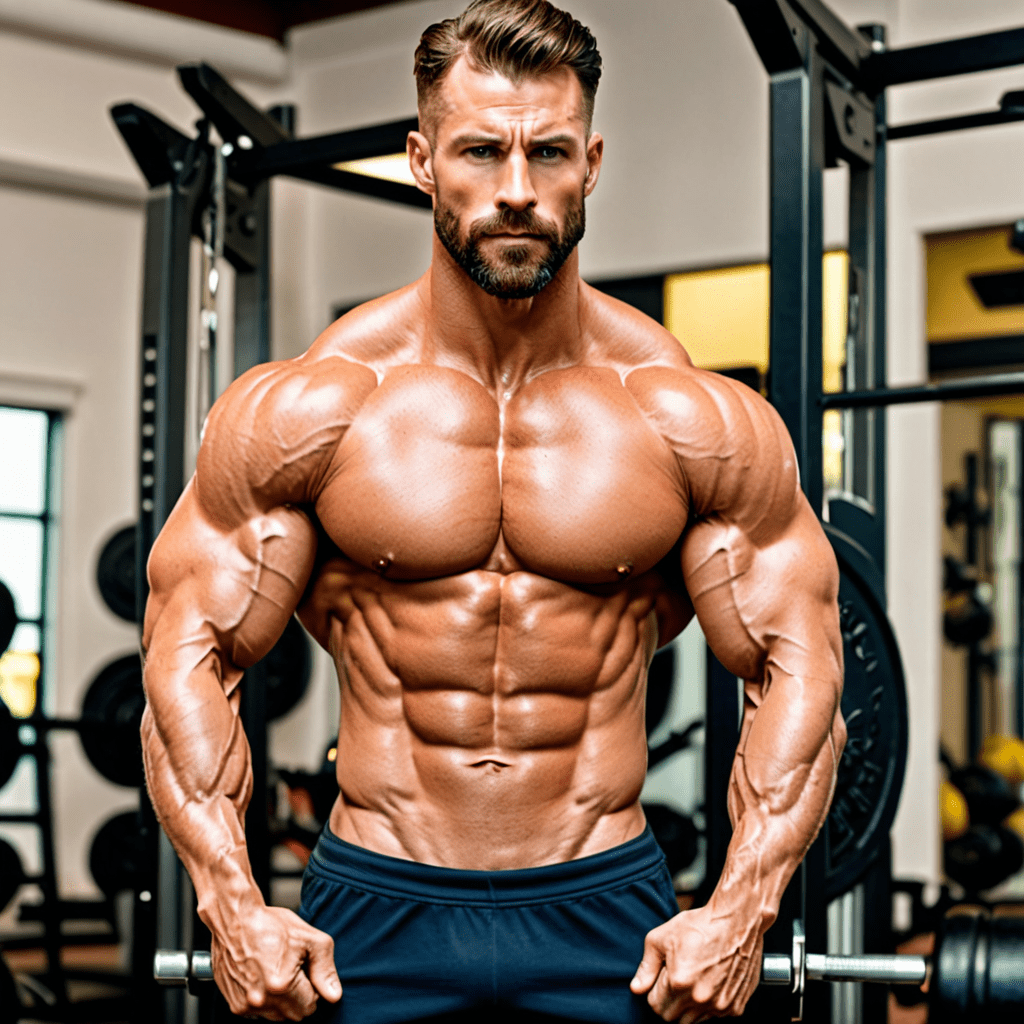
The Perfect Squat for a 14-Year-Old: Tips for Health and Fitness
Squatting is a fundamental exercise that targets multiple muscle groups, improves strength, and promotes proper movement patterns. For a 14-year-old, it is important to approach squatting with caution and ensure proper form and technique to avoid injury and support healthy development. In this article, we will explore what constitutes a good squat for a 14-year-old, providing tips and guidelines for safe and effective squatting.
1. Understanding the Benefits of Squatting
Squatting offers numerous benefits for a 14-year-old’s physical health and overall fitness. It helps strengthen the muscles of the lower body, including the quadriceps, hamstrings, and glutes. Squats also engage the core muscles, improving stability and balance. By performing squats, 14-year-olds can develop better athletic performance, prevent injuries, and enhance overall body strength.
2. Safety First: Mastering Proper Form
Before attempting any squat exercise, it is crucial to learn and master proper form. This ensures safety and maximizes the benefits of the exercise. Start by standing with your feet shoulder-width apart and toes slightly turned out. Lower your body by bending your knees while keeping your chest up and back straight. Aim to lower until your thighs are parallel to the ground and then push back up through your heels to the starting position.
3. Bodyweight Squats as a Starting Point
For a 14-year-old, it is advisable to begin with bodyweight squats to develop strength and proper technique. Bodyweight squats allow the muscles and joints to adapt gradually without added resistance. Focus on maintaining proper form throughout the movement, ensuring your knees do not collapse inward and your weight is evenly distributed between your heels and toes.
4. Progressing to Weighted Squats
Once your 14-year-old has mastered bodyweight squats with proper form, it may be appropriate to progress to weighted squats. This can involve using dumbbells, barbells, or resistance bands to add resistance and increase the challenge. However, it is essential to start with light weights and gradually increase the load as strength improves. Always prioritize maintaining proper form and listening to your body’s limits.
5. Incorporating Variations for Muscle Development
To further enhance the benefits of squatting, 14-year-olds can incorporate different variations into their routine. Some popular variations include goblet squats, sumo squats, and single-leg squats. These variations emphasize different muscle groups and challenge stability, promoting well-rounded strength development.
6. Consulting with a Professional Trainer
To ensure proper guidance and personalized advice, it is highly recommended for a 14-year-old to consult with a professional trainer. A qualified trainer can assess their current fitness level, create an appropriate workout plan, and guide them through proper squatting techniques. This will help optimize results, minimize the risk of injury, and promote long-term health and fitness.
Frequently Asked Questions (FAQ)
Q: Is squatting safe for a 14-year-old?
A: Squatting is generally safe for a 14-year-old when performed with proper form and under proper supervision. It is essential to start with bodyweight squats and gradually progress to weighted squats under professional guidance.
Q: Can squatting stunt a 14-year-old’s growth?
A: No, squatting does not stunt growth. In fact, squatting, when performed with proper form and appropriate weights, can support healthy bone and muscle development.
Q: How many squats should a 14-year-old do?
A: The number of squats a 14-year-old should do depends on their fitness level, goals, and individual capabilities. It is best to consult with a professional trainer to create a personalized squatting routine.
Q: Are there any alternatives to squatting for a 14-year-old?
A: Yes, there are several alternative exercises that can provide similar benefits to squatting, such as lunges, step-ups, and leg press. Consulting with a professional trainer can help determine the most suitable alternatives for an individual 14-year-old.
Q: Are there any risks or precautions to consider when squatting?
A: While squatting is generally safe, it is crucial to use proper form, avoid excessive weights, and listen to the body’s limits. Individuals with specific health conditions or injuries should consult with a healthcare professional before engaging in squatting exercises.


